 Have you ever taught a yoga class that contained first-time students? Have you spoken cues to the room, only to find blank stares looking back at you? Clear communication is an essential tool that cultivates harmony and understanding between you and your students. It’s also a critical component to prevent injury for yoga participants. This post shares five verbal cues that create this clarity, safety, and belonging in your classes.
Have you ever taught a yoga class that contained first-time students? Have you spoken cues to the room, only to find blank stares looking back at you? Clear communication is an essential tool that cultivates harmony and understanding between you and your students. It’s also a critical component to prevent injury for yoga participants. This post shares five verbal cues that create this clarity, safety, and belonging in your classes.
For the past two weeks, I drove west from Florida to Northern California. I had the pleasure of visiting yoga studios in Nashville, Vail, Steamboat Springs, and Salt Lake City. In each case, I was the new kid on the block. I was the unfamiliar face in the room. And many times, I was welcomed into the fold of each community with warm hearts and bright smiles.
Since each studio has a unique vibe (and oftentimes specific terminology to their culture), I go into each new space with curiosity. It’s like I’m a newbie to the practice all over again and I’m eager to learn.
Throughout my travels, especially this last trip, I was keenly aware of the communication styles used at each space. I noticed some essential verbal cues that made my understanding of each teacher–and yoga as a whole–more effective. I believe you can use these verbal cues right now in your classes to support both beginning and advanced students alike.
Not one of the studios I visited incorporated all of the five below in any one class. Yet I’m an eternal optimist, with a passion for ongoing improvement. By sharing these 5 verbal cues with you today, I believe there is a chance for all of us to refine the craft of teaching yoga. I hope you feel the same as you re-learn these tools and commit to implementing them with your students!
“CLEAR IS KIND. UNCLEAR IS UNKIND.”
This could be my favorite quote of 2019 thus far. It comes from the recent book by Brene Brown entitled Dare to Lead, and it refers to the way we approach communication with others. Most of us avoid clarity because we tell ourselves it’s a way to be kind to others. We don’t want to hurt their feelings or offend them.
In a yoga class, we don’t want to overwhelm new students or bore the regulars. We don’t want to sound stupid or repetitve or trite. And heaven forbid we say something that’s actually incorrect and we have to retract the statement and start over!
When you share only part of the story, or small pieces of information, it’s often a way to make us feel comfortable–not the people we’re speaking to! This has the opposite effect than you intend. Instead of increasing the trust students have for you, it creates distance in the relationship. It can cause confusion or uncertainty.
Demonstrate how much you care for your yogis by speaking clearly. The five verbal cues below help you do this right now!
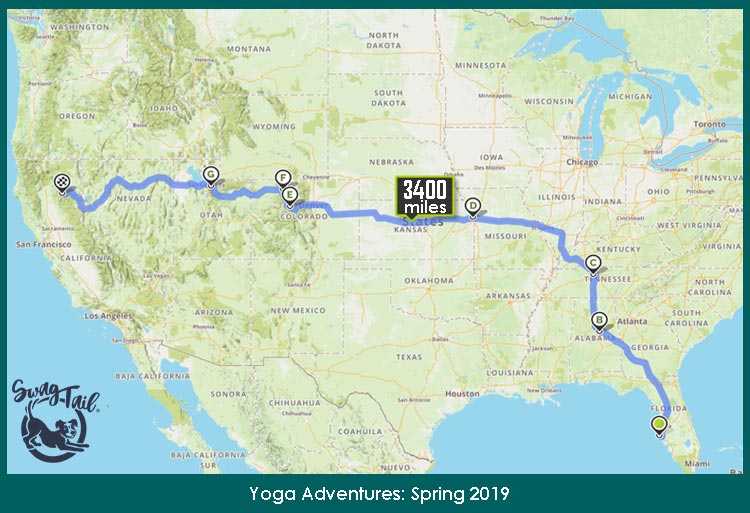
(1) INTRODUCE YOURSELF BY FIRST NAME
Have you ever been to a party or workshop where you are given nametags at the door? At that event, did someone come up to you and stare at your chest instead of your eyes to learn your name? Super awkward, right?
Failing to introduce yourself at the beginning of a yoga class is kind of the same thing. Your name might have been evident on the posted schedule, yet that doesn’t ensure that people know you who are. And it surely doesn’t compensate for a clear and heartfelt introduction.
At one of the studios along my most recent journey, the scheduled teacher was actually the one checking me in at the counter. There were two other gals with her, and she actually introduced me to a third by name as Sarah rounded the corner. What surprised me the most was that she was the one who entered the room to teach the class. She never introduced herself by name to me when I checked in, nor did she announce it at the start of class.
This was a disconnect for me. When I wanted to go up to her after class to thank her (and compliment her on the beautiful singing voice she shared with us in Savasana), I had to also ask for her name. Had that been shared from the beginning, the connection I felt to her would have been much stronger. If I had also been a local resident, I would have been far more excited to return and build a bond with her in the future.
The takeaway:
Beginnings matter. They set the tone for what’s to come in a yoga class, and introducing yourself with clarity to new students is a fantastic way to build harmony in experience from the start.
Essential verbal cues to introduce yourself:
- “Hi, I’m [insert your first name].”
- “Welcome to class everyone! For those of you who don’t know me, I’m [insert first name].”
Additional Notes:
If you obviously know everyone in class already, or you’re working with private clients who know you well, this step can be skipped. However, you can still create unique elements at the beginning of class to make their time with you feel special and harmonious instead.
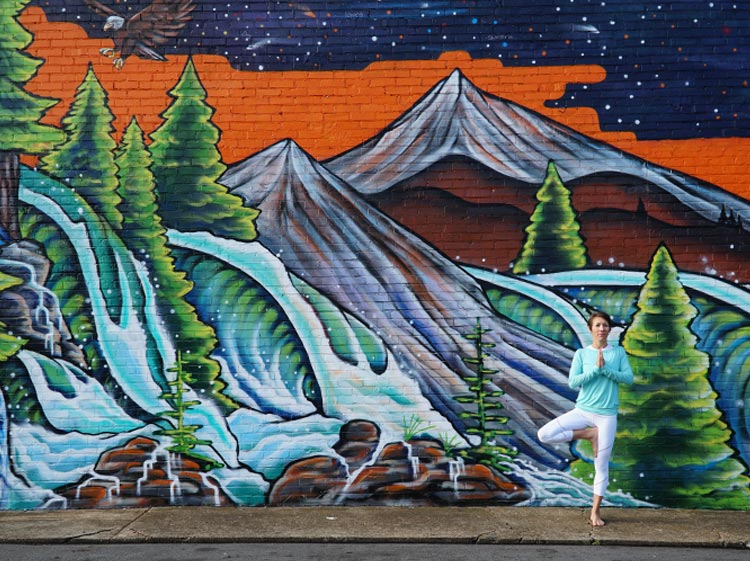
Photo in Nashville, TN. Mural by Skye Walker
(2) PROVIDE A GUIDEMAP FOR CLASS
As a yoga professional, one of your main goals is to create a memorable yoga experience for your students. This starts with setting the expectations for the class. You do this when you provide direction for your time together.
This might involve a specific class theme to uplift the heart and focus the mind. It could be a yoga sequence that has directed anatomical opening or strengthening. It might even be the style of class you are going to lead — yin versus a fast-paced flow.
While on the road, I attended an evening yin yoga class. This was a perfect way to unwind a stiff body from a long day of driving. Plus, it’s a meditative practice that often helps clear my mind.
Surprisingly, two of the eight students in class were new to yin yoga. The teacher said a few sentences about the practice and explained about the longer-style holds. While the explanation was lacking in some detail for newcomers as to the benefits of yin yoga and how to best approach it, she did explain that the postures held in class were going to open up the gallbladder meridian. She then painted the picture of where that meridian started and ended in the body.
You, too, can provide a guide map for your students with these verbal cues:
- “In this class, we’re going to … “
- “The theme of class today is …
- “Today, we’re going to focus on … “
- “The parts of the body we are going to address today are …”
- “The type of poses we are going to explore today are …”
Additional notes:
When they enter your class, they have no idea what you have planned for them. Withholding that information assumes that they trust you to guide them safely on the journey. Instead, when you tell them about the direction of the practice, you satisfy their egoic mind who constantly wants control of the situation. Only then, with the conscious mind in the loop about what’s to come, can people more deeply relax into the practice you have prepared for them (even if there will be challenging postures along the way).
(3) ENCOURAGE AWARENESS
One of the biggest differences between yoga and other forms of physical activity on the market today is the element of awareness. Yoga is a practice designed to increase your consciousness. Each time on the mat is an opportunity to enhance the understanding of your body, your mind, and your belief systems about the world in which you live.
Yet if you don’t pause to observe these things, you miss the opportunity for growth.
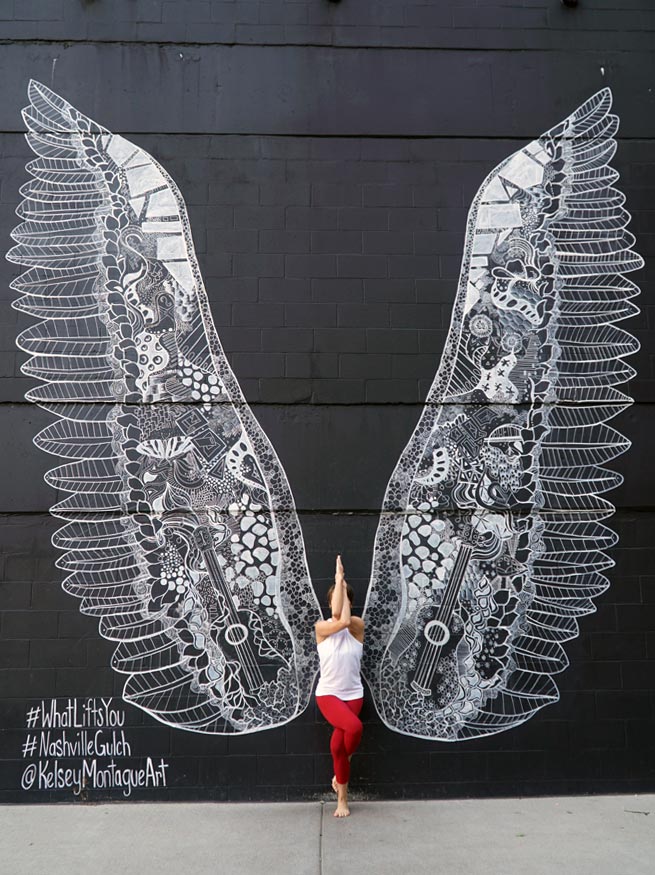 This was the case at a fast-paced vinyasa class I took last week. The breath of the room was full and loud. It was an ocean of presence that made me feel at home from the moment we collectively took our seats. The instructor invited us to explore our bodies and move in a way that felt good to us. As is common in many flow-style classes, we did a sequence of several postures on one side before coming to rest in a neutral pose.
This was the case at a fast-paced vinyasa class I took last week. The breath of the room was full and loud. It was an ocean of presence that made me feel at home from the moment we collectively took our seats. The instructor invited us to explore our bodies and move in a way that felt good to us. As is common in many flow-style classes, we did a sequence of several postures on one side before coming to rest in a neutral pose.
This moment of stillness was the perfect time to encourage student awareness! Only the teacher was silent. She assumed that students could feel a difference in their bodies. There was the unspoken idea that deeper insight comes naturally and that people find it easy to remain present. This is rarely the case, however.
The few rounds in uttanasana came and went without inserting an invitation into that moment. Don’t miss the opportunity to encourage your students to heighten their levels of awareness. Instead, capitalize on these occasions with any one of these essential verbal cues:
Verbal cues to increase awareness:
- “Pause here, and be aware of the changes in your body.”
- “Where do you feel this in your body?”
- “Do you notice any new sensations?”
- “Is there a difference in your body, right to left? Front to back? Side to side?”
- “Be aware of these sensations, without judgment.”
Additional notes:
You have endless openings in class to encourage awareness. The stillness at the beginning or class, or ending in savasana, are natural slots. You might also work in stillness between sides of postures, between a sequence of flowing postures, between standing and seated work, between seated and supine work. Use your creativity and wisdom to elevate the experience for your students by shifting their perspective throughout their practice.
Photo in Nashville, TN. Mural by Kelsey Montague
(4) PLACE BOUNDARIES ON FREE TIME
Each body is so different and each student comes to their mat for various reasons. Some want to feel better in their body. Others want to release emotional or mental stress. Many might want to get stronger or slimmer or more balanced overall. Or, they could be there for all of the above benefits.
In any case, offering free time during class is a great way for students to move in ways that will best suit their own needs. To set the expectation for this free time, make sure you announce the following:
What the free time is designed for (giving a reason and purpose behind your instruction)
How much time will be allotted for this self-exploration (this helps students make their choices appropriately)
Suggestions of 1 or 2 postures to take during this time (for students who don’t really want to make any decisions on their own right now)
When I come to my mat after long hours in the car, it often feels like someone has hijacked my body. My muscles are tight and sensations I feel during familiar poses are foreign to me in the moment. That’s why I love free time offered in class–I can work out these kinks and get to know myself all over again.
This was the case at midday class I took halfway across the country. My hips were begging for some pigeon prep. So, I utilized the free time to open up this space. Unfortunately, the teacher didn’t communicate how much time would be spent here. I was about a minute into one side and the instructor called everyone back as a group. With a bit of guilt, I ignored her and proceeded to balance myself out on the second side.
Clear is kind. Unclear is unkind.
Simple verbal cues for clarity:
- “We are going to have free time or play time for X minutes.”
- “If you are choosing a pose that has two sides, I’ll let you know when we reach the halfway mark.”
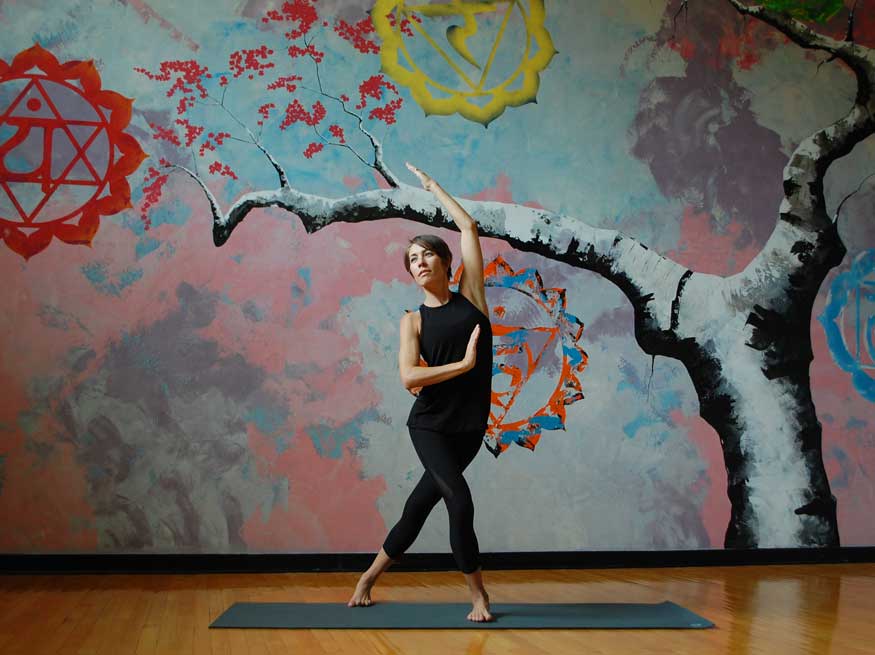
Photo in Vail, CO at the Vail Athletic Club
(5) SAY THANK YOU
Every yoga professional is in the customer service business. While your amazing teaching style and compassionate heart reflect how much you appreciate your clients, this doesn’t replace the act of vocalizing your gratitude directly. To do this, say “thank you.”
Many times at the end of class we remind students to thank themselves for coming to their mat–for carving out time and energy for their practice. Verbalizing how much YOU appreciate THEM is different.
You can do this at the beginning of class, by saying “Thank you” for coming today. Since people often remember endings with the most clarity, say “thank you”” right before students end their practice. You might even mirror this phrase when you are checking them in, or individually saying good-bye.
Appreciation for your students not only builds more trust in your relationships, but it keeps students coming back for more in an authentic way.
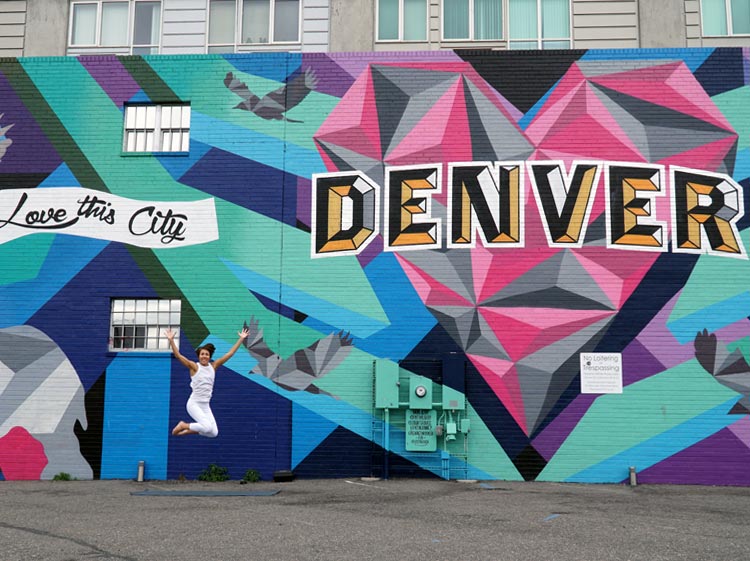
Photo in Denver, CO. Mural by Pat Milbery
PUTTING IT TOGETHER
Clear communication has the power to establish a strong, committed bond between you and your students. It’s a way you can build trust with them each time you are together, and it’s a way you keep them safe on their mats. Using the 5 essential verbal cues above will create the clarity you desire as a yoga professional. When in doubt about what specific words to use, just remember: “Clear is kind. Unclear is unkind.”
Join us in the coming weeks as we:
- Reveal why yoga businesses can still have a big heart while focusing on profit first
- Share incredible tips to run effective yoga teacher trainings, and
- Discover the magic of the body’s connective tissue (and how to increase its health with yoga)




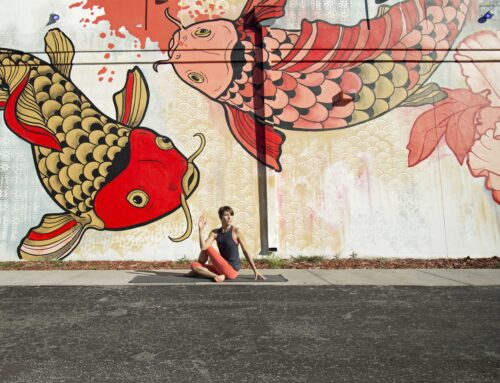
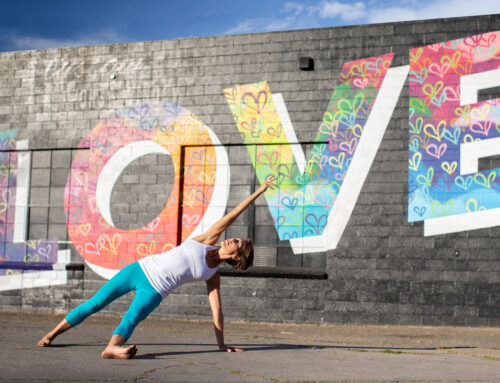


Leave A Comment